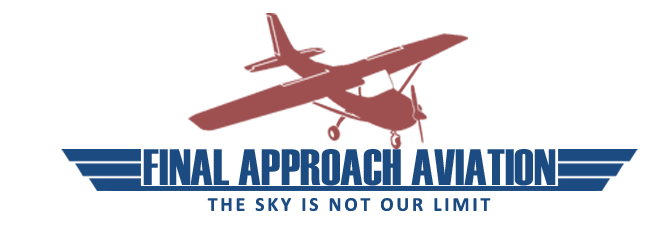Commercial PILOT CERTIFICATE
A commercial pilot certificate will open up the door to making money flying airplanes. As a commercial pilot you will be able to do things like, Agricultural Pilot, Pipeline Patrol jobs, Power Line Inspection and Patrol, Aerial Survey, Air Ambulance, Sky Dive Pilot and more.
The basic requirements to get your commercial pilot certificate are:
- Be at least 18 years old
- Hold at least a second class medical. (Needed to work for hire not to get the certificate)
- Be at least a Private Pilot
- Have accumulated at least 250 hour of logged flight time.
- Pass the FAA written commercial test
- Pass the FAA Practical Flight Test.
If you plan to fly for a living this will be a stepping stone that you will have to cross. Getting your instrument rating is the recommended next step after Private Pilot, but you are not required to have your Instrument rating before you get your commercial.
Aeronautical Experience required for Commercial Pilot. 14 CFR § 61.129, commercial pilot applicants training under Part 61 must have logged at least 250 hours, which must include the following:
- 100 hours of flight time in powered aircraft, including 50 hours in airplanes.
- 100 hours of pilot-in-command flight time, which includes at least—
- 50 hours in airplanes; and
- 50 hours in cross-country flight, of which at least 10 hours must be in airplanes.
- 20 hours of training on the areas of operation listed in §61.127(b)(1) – Flight Proficiency of this part that includes at least—
- 10 hours of instrument training using a view-limiting device, including attitude instrument flying, partial panel skills, recovery from unusual flight attitudes, and intercepting and tracking navigational systems (note that instrument training for a commercial certificate must be done by a CFII, and simply having an instrument rating does not satisfy this requirement if your logbook does not clearly reflect the completion of these tasks);
- 10 hours of flight training in a complex airplane, a turbine-powered airplane, or a technically advanced airplane (TAA);
- One 2-hour cross country flight during daytime conditions covering a total straight-line distance of more than 100 nautical miles from the original point of departure;
- One 2-hour cross country flight during nighttime conditions covering a total straight-line distance of more than 100 nautical miles from the original point of departure; and
- 3 hours of flight instruction with an authorized instructor during the preceding 2 calendar months before the practical test.
- 10 hours of solo flight time or 10 hours of flight time performing the duties of pilot in command with an authorized instructor, on the areas of operation listed under §61.127(b) that include—
- A cross-country flight of at least 300 nautical miles total, with landings at a minimum of three points, one of which is a straight-line distance of at least 250 nautical miles from the original departure point; and
- 5 hours in night VFR conditions, including 10 takeoffs and 10 landings (with each landing involving a flight in the traffic pattern – not “touch and goes”) at an airport with an operating control tower.
